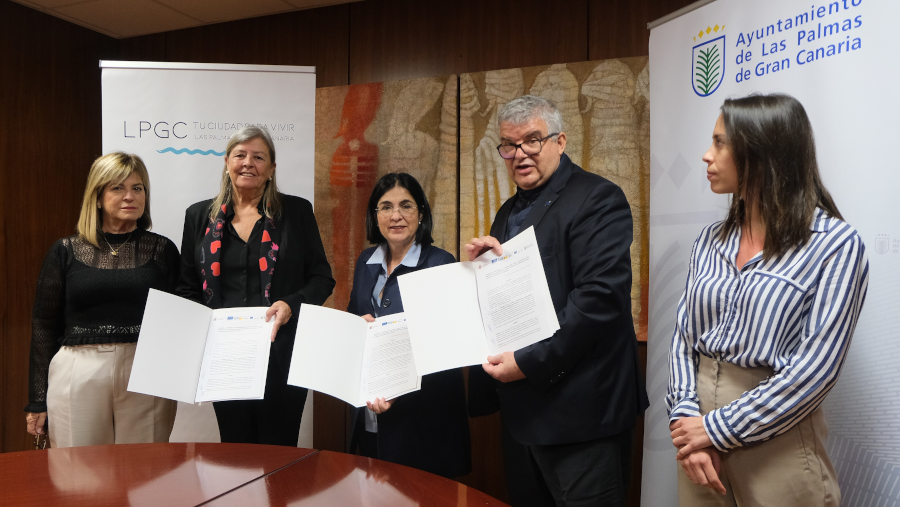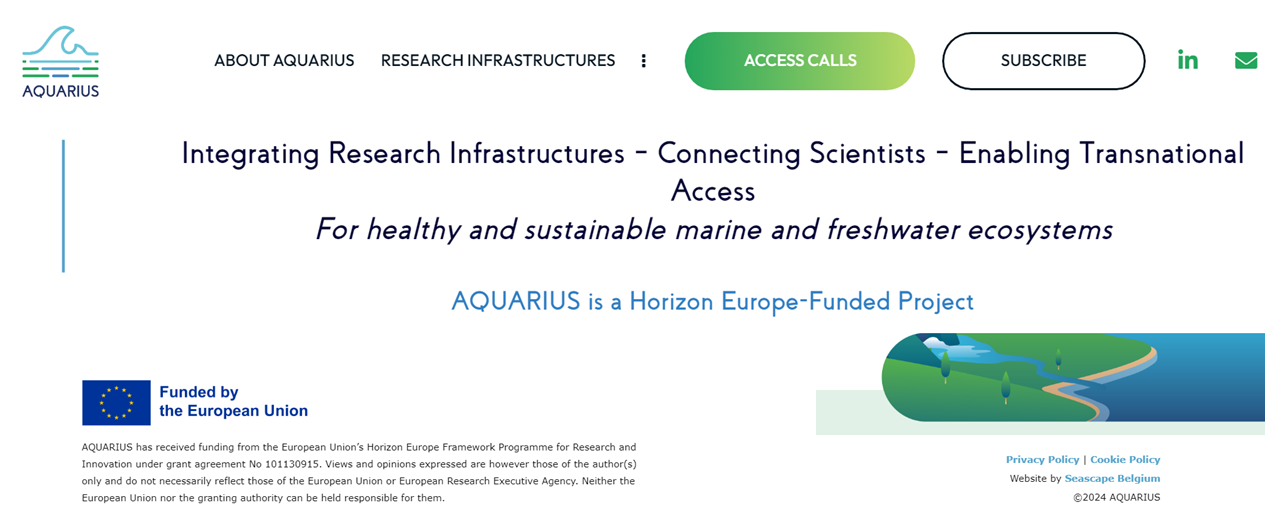The project “Monitorización en el banco de ensayos de las Especies Descartadas por la Pesca con Enmalle y Nasa en Gran Canaria” (DESPESCA) has produced a best practices manual for professional fishermen in order to promote sustainable fishing practices. Furthermore, it has demonstrated the compatibility of traditional fishing methods with the use of emerging technologies in the marine environment.
The Director of Agriculture, Livestock and Fisheries of the Cabildo (Island Government) of Gran Canaria, Alejandro Báez; the Head of Service of Fisheries Inspection of the Government of the Canary Islands, Manuel A. Perera Candil; and the Director of the Oceanic Platform of the Canary Islands, Octavio Llinás, presented the results of the Project DESPESCA. The representatives of the Fishing Associations and the Fishing Cooperatives of Gran Canaria were invited to this event.
DESPESCA has been led by PLOCAN with the collaboration of the Biodiversity Foundation, the Ministry for the Ecological Transition, through the Pleamar Program, co-financed by the FEMP (European Maritime and Fisheries Fund).It has been developed during thirteen months in the Test Site of PLOCAN, located in the Northeast of Gran Canaria, with the collaboration of the Fishing Cooperative of Melenara, the Fishing Cooperative of San Cristóbal, the Cabildo (Island Government) of Gran Canaria and the Government of the Canary Islands.
The study has been realised after a hundred fishing trips with fish traps and fishing nets. The most popular fishing technique between the professional fishermen of Gran Canaria is the fish trap, due to its simplicity of use and its resistance to sea storms. Different types of fish traps were used, depending on their diameter and their mesh size. They catch various species with commercial interest such as the Sama de Pluma, the Bocinegro, the Vieja or the Breca. The fishing net is used at certain times for catching certain species such as Viejas, Salmonetes and Chopas.
The field activities of the project have been developed in the Test Site at the same time than the installation and operation of different technologies for marine energy exploitation, without reciprocal influences of relevance.
The project has made it possible to develop a best practices manual for professional fishermen for improving the handling of discards in order to increase the survival rate of discards.



